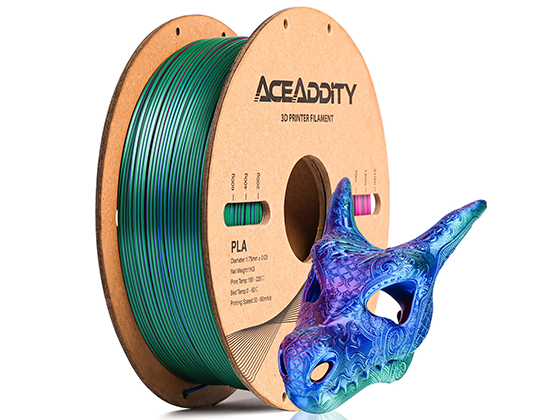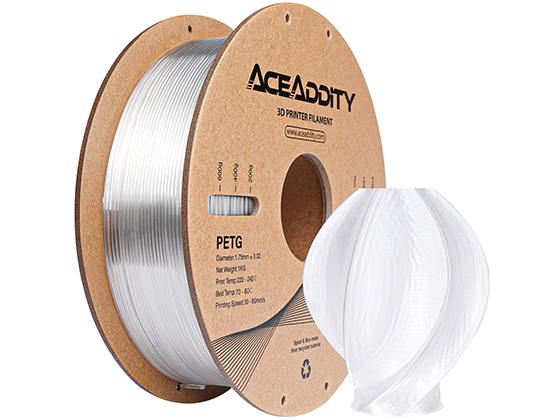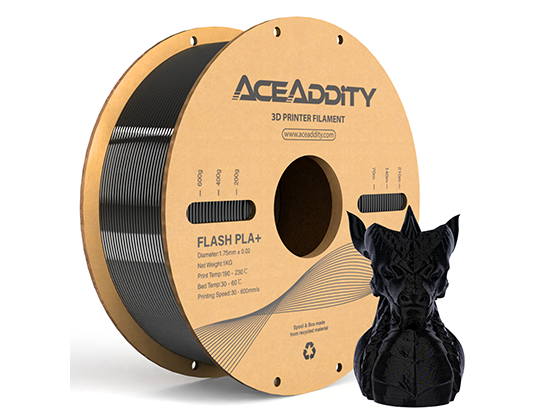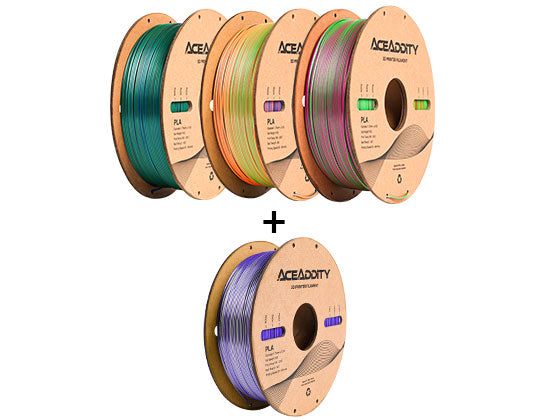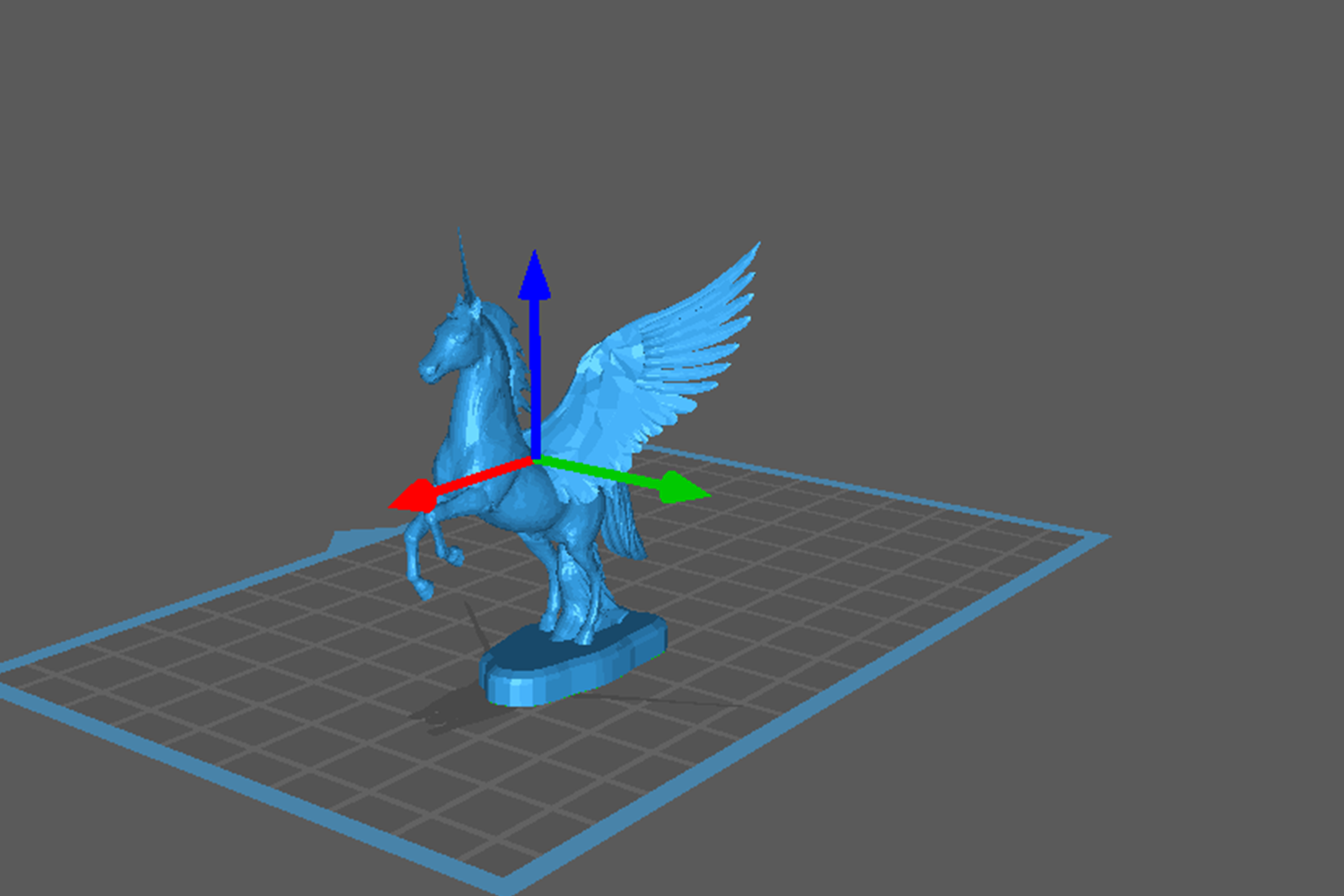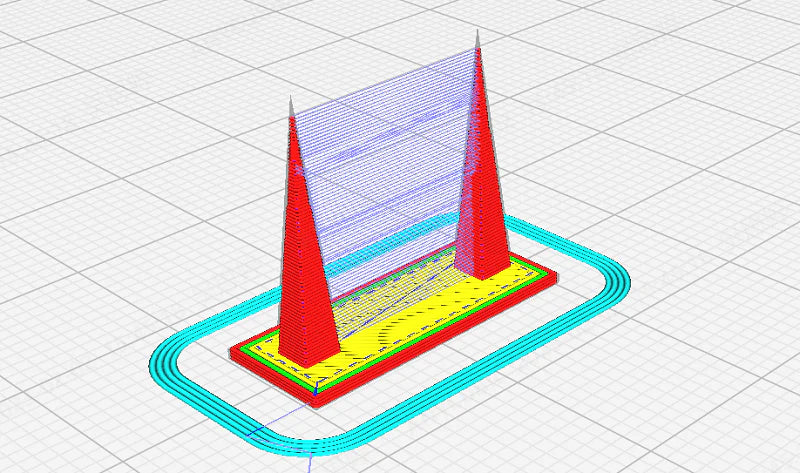In the world of 3D printing, resin has emerged as a popular material choice due to its exceptional detail, smooth finishes, and versatile applications.
Whether you're an experienced enthusiast or a novice, understanding the intricacies of 3D printing resin and selecting the right 3D printer can significantly impact the quality of your prints.
We will delve into the fascinating realm of 3D printing resin and guide you through the process of choosing the perfect combination of resin and 3D printer for your projects.
The Fundamentals of 3D Printing Resin:
Resin, in the context of 3D printing, refers to a liquid photopolymer that hardens when exposed to ultraviolet (UV) light. This material offers several advantages, including high precision, intricate detailing, and the ability to produce smooth, glossy finishes.
However, it's important to note that not all resins are created equal. Different types of resin cater to specific applications, ranging from prototyping to artistic creations and functional parts. Some common resin types include standard resin, flexible resin, castable resin, and high-temperature resin.
Understanding the characteristics and limitations of each resin type is crucial for achieving successful prints.
Choosing the Right 3D Printer:
Selecting an appropriate 3D printer for resin-based printing is equally important. When it comes to resin printing, there are primarily two types of 3D printers: Digital Light Processing (DLP) and Stereolithography (SLA) printers.
DLP printers use a digital light projector to cure the entire layer of resin simultaneously, while SLA printers utilize a laser to selectively cure the resin layer by layer.
Each technology has its advantages and drawbacks, and the choice depends on factors such as print speed, print quality, and budget.
Key Factors to Consider:
a) Resolution and Print Quality: The resolution capability of a 3D printer plays a vital role in achieving high-quality prints.
Look for printers with high XY resolution (expressed in microns) to ensure intricate details and smooth surfaces.
b) Build Volume: Consider the size of the objects you intend to print. Choose a 3D printer with a suitable build volume that accommodates your desired print sizes.
c) Printing Speed: Different printers offer varying print speeds. Assess your requirements to strike the right balance between speed and quality.
d) Connectivity and User Interface: Evaluate the connectivity options (USB, Wi-Fi, Ethernet) and user-friendly interfaces offered by the 3D printers under consideration.
These factors can greatly impact your overall printing experience.
Safety and Post-Processing:
Working with resin requires extra caution due to its potentially toxic nature. Always wear appropriate protective gear, such as gloves and safety glasses, and ensure proper ventilation in your workspace.
After printing, the post-processing steps typically involve washing the prints in isopropyl alcohol (IPA) and curing them under UV light to achieve their final hardness and stability.
3D printing resin has revolutionized the way we approach additive manufacturing, offering unparalleled levels of detail and finishing. By understanding the different resin types, selecting the right 3D printer, and considering key factors, you can unlock the full potential of resin printing for your projects.
Remember, experimentation and continuous learning are crucial to mastering the art of 3D printing resin.
So, dive into this exciting world and let your creativity soar as you bring your digital designs to life in three dimensions. Happy printing!
Disclaimer: This blog post provides general information about 3D printing resin and the selection of a 3D printer. Always follow the manufacturer's guidelines and safety instructions when working.


